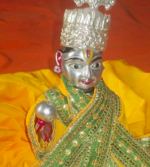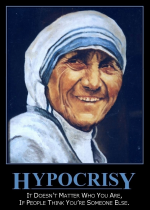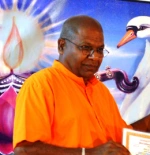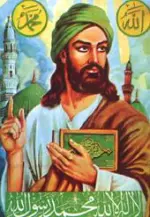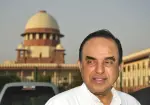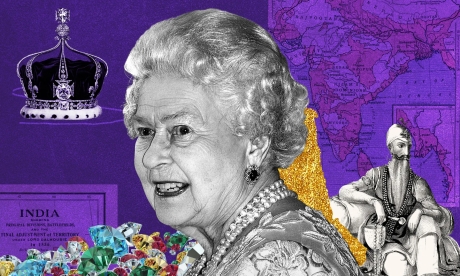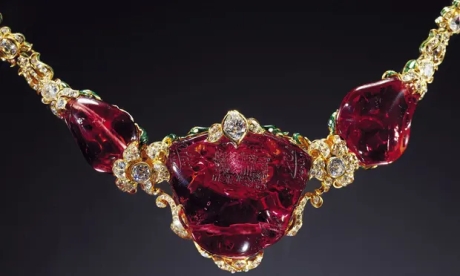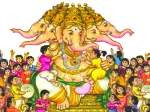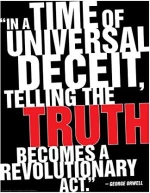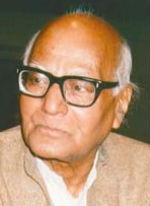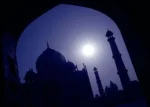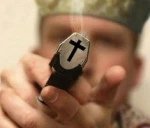![]() India Office files detail how priceless treasures looted from India ended up in the royal collection. They include a legendary ruby, and a gold girdle inlaid with 19 emeralds that appeared in a birthday exhibition celebrating the then Prince Charles’s favourite works. – Guardian Staff
India Office files detail how priceless treasures looted from India ended up in the royal collection. They include a legendary ruby, and a gold girdle inlaid with 19 emeralds that appeared in a birthday exhibition celebrating the then Prince Charles’s favourite works. – Guardian Staff
The Guardian’s Cost of the crown series is an investigation into the finances and private wealth of the British royal family – and the vast apparatus of secrecy that obscures these from the public.
Buckingham Palace argues that the financial arrangements of royals should “remain private, as they would for any other individual”. But in the lead-up to the coronation of King Charles III, we believe more scrutiny is warranted.
Important questions remain about the personal enrichment of the royal family, and the extent to which it is born of their public positions. There is also a case for exploring the dubious origins of some of their wealth, and the blurred lines between what belongs to the royal family as opposed to the British people.
You can read a full explanation of why we are investigating the royals, and the questions we are seeking to answer. Below is a summary of our discoveries so far.
- Elizabeth II and Charles III have extracted cash payments worth more than £1.2bn from two hereditary estates that pay no tax, in addition to the millions they receive in public funding for their official duties. In 2022, they received £21m each from the duchies of Lancaster and Cornwall respectively, despite a centuries-old debate over whether the two estates in fact belong to the British nation.
- The monarch, who receives about £86m a year in public money, is technically in line for an extra £250m a year in taxpayer money, according to the terms of a funding settlement introduced by David Cameron as prime minister in 2011. The king has signalled he does not want the extra money, but the arrangement underscores the extraordinary generosity of Cameron’s radical shake-up of royal funding.
- King Charles has for the first time signalled his support for a review of themonarchy’s historical links to slavery, after the Guardian uncovered a previously unseen document showing the transfer of £1,000 of shares in the slave-trading Royal African Company to William III.
- The history of Kensington Palace, the home of a succession of monarchs and more recently the Prince and Princess of Wales, is uncomfortably entwined with the monarchy’s involvement in slavery. Across almost three centuries, 12 British monarchs sponsored, supported or profited from Britain’s involvement in slavery, our research shows.
- India Office files detail how priceless treasures looted from India ended up in the royal collection. They include a legendary ruby, and a gold girdle inlaid with 19 emeralds that appeared in a birthday exhibition celebrating the then Prince Charles’s favourite works.
- The king and late queen made nearly £2m from the sale of horses given to them by prominent figures, including a Dubai sheikh and the Aga Khan. They were among horses received by the queen that we estimate to now be worth about £27m.
- Buckingham Palace refuses to say how much individual royals are paid, but we have calculated how much working royals have each received – from the freemason who got £18m to the princess who lives in 1.6 hectares of grounds in Richmond Park – and how many hours they have spent on public duties.
- A green energy company set up by King Charles was investigated for numerous health and safety breaches after the unauthorised leak of more than 1,000 tonnes of global-heating gases. Methane, CO2 and traces of the toxic gas hydrogen sulphide were released after a gas-holder at the plant split open in 2020.
- Two sets of stamps that were official state gifts from Canada and Laos appear to have been subsumed into the royal family’s private stamp collection, which is worth at least £100m. The palace declined to comment on whether this breached its gift policy, saying the stamp collection “is privately owned, and thus we would not comment on any of the issues you raise.”
- The palace is also refusing to explain why 11 pieces of jewellery that were official gifts are not held in a trove of national heritage. The jewels, which are potentially worth £80m and have been worn by Queen Elizabeth II, Camilla, the Queen Consort, and Catherine, Princess of Wales, are not contained in the royal collection, which holds items in trust for the nation.
- The Guardian has identified more than 90 pieces of jewellery that made up the late queen’s personal collection – presumably inherited by Charles. They include diamonds, emeralds, rubies, amethysts, aquamarines and strings of pearls, and are worth at least £533m, according to estimates.
- Almost 400 pieces of art are owned privately by the Windsors, including paintings by Dalí, Monet, Freud, Chagall and Lowry. Many seem to have been given to the royal family as official gifts. Buckingham Palace declined to comment on their ownership.
- The royal family have a fleet of luxury cars to choose from, but it’s no easy task to untangle which of the Rolls-Royces, Bentleys and Aston Martins belong to them privately. Buckingham Palace said it would not comment on private matters.
- An elegant Georgian property in Edinburgh worth up to £1.8m was given to the queen in 1953. The property was held by the government, and the two flats it housed were used as grace and favour homes for decades. In 1996, it seems to have been given to the queen, and it is now being rented out commercially by the king. – The Guardian, 18 April 2023
› Cost of the crown reporting team: David Pegg, Rob Evans, Maeve McClenaghan, Felicity Lawrence, Henry Dyer, Severin Carrell, Manisha Ganguly, Rupert Neate, Greg Wood, Harry Davies, David Conn, Aamna Mohdin, Lucy Hough, Maya Wolfe-Robinson and Richard Nelsson.
Filed under: india, UK | Tagged: british in india, british royals, colonial exploitation, colonialism, indian jewels |


